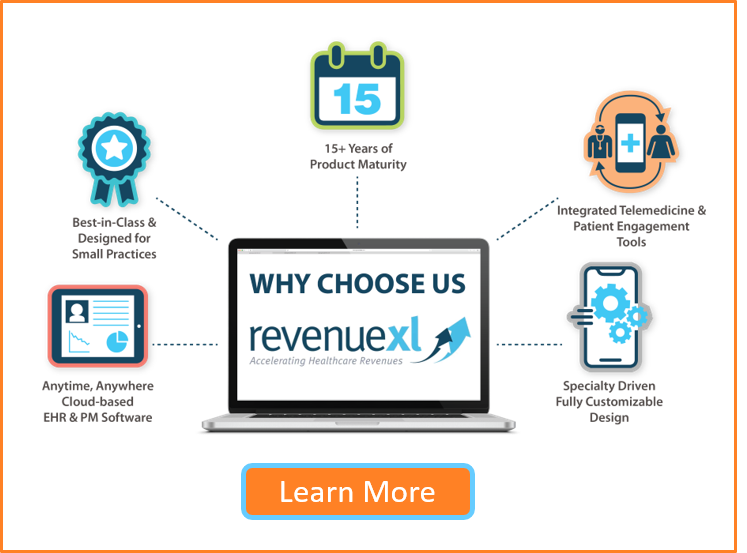Population health management (PHM) is undergoing a seismic shift, thanks to the power of data-driven tools. As healthcare pivots from reactive treatments to proactive, value-based care, these tools harness vast datasets to uncover patterns, predict risks, and personalize interventions. By integrating electronic health records (EHRs), analytics platforms, and patient engagement technologies, providers can address the needs of entire populations while optimizing resources. This blog post explores how these innovations are reshaping PHM, offering a roadmap for healthcare organizations to improve outcomes, reduce disparities, and streamline operations in an era where data is the new cornerstone of care.
By reading this post, you’ll gain a clear understanding of how data-driven tools enhance PHM, practical steps to implement them, and insights into their real-world impact. Whether you’re a healthcare provider, administrator, or policymaker, you’ll walk away with actionable strategies to leverage technology for better health management.
1. Leveraging Data Analytics for Proactive Care
Data analytics is the backbone of modern population health management, transforming raw data into actionable insights. By analyzing patient records, social determinants, and historical trends, healthcare providers can shift from treating illness to preventing it. Tools like predictive analytics identify at-risk populations—such as those prone to diabetes or heart disease—before symptoms escalate. This proactive approach reduces emergency visits and hospitalizations, aligning with value-based care goals. RevenueXL’s insights on Population Health Management emphasize how analytics drives prevention over reaction, a critical evolution in healthcare delivery.
- (i) Use predictive models to pinpoint high-risk patients early.
- (ii) Integrate EHR data with social determinants for a holistic view.
- (iii) Set up alerts for care teams to intervene before crises occur.
- (iv) Track outcomes to refine risk stratification over time.
- (v) Partner with analytics platforms to automate data processing.
2. Enhancing Care Coordination with Integrated Systems
Effective population health management hinges on seamless care coordination, and data-driven tools make this possible by connecting disparate healthcare systems. Integrated platforms, such as EHRs and telehealth solutions, enable real-time data sharing among providers, specialists, and patients. This ensures that everyone involved in a patient’s care—from primary care physicians to community health workers—operates from the same playbook. RevenueXL’s EHR System highlights how interoperability fosters collaboration, reducing care gaps and improving chronic disease management across populations.
- (i) Deploy interoperable EHRs to unify patient data across providers.
- (ii) Use secure messaging tools to facilitate team communication.
- (iii) Implement care plans accessible to all stakeholders in real time.
- (iv) Monitor patient progress through shared dashboards.
- (v) Train staff on data-sharing protocols to ensure compliance.
3. Empowering Patients Through Engagement Tools
Patient engagement is a cornerstone of PHM, and data-driven tools amplify its impact by personalizing outreach and education. Mobile apps, patient portals, and virtual health coaches deliver tailored health information based on individual data profiles. This empowers patients to manage their conditions, adhere to treatments, and make informed decisions. For instance, a diabetes patient might receive diet recommendations derived from their glucose trends. RevenueXL’s Patient Engagement resources show how engaged patients contribute to better population outcomes by actively participating in their care.
- (i) Offer personalized health tips via apps using patient data.
- (ii) Enable appointment scheduling through user-friendly portals.
- (iii) Send automated reminders for medication and screenings.
- (iv) Collect patient-reported outcomes to adjust care plans.
- (v) Educate patients on their conditions with data-backed resources.
4. Reducing Costs with Predictive Resource Allocation
Cost efficiency is a pressing challenge in healthcare, and data-driven tools address it by optimizing resource use. Predictive analytics forecasts demand—such as hospital bed needs or specialist referrals—allowing organizations to allocate resources strategically. This minimizes waste, prevents overburdened systems, and cuts unnecessary procedures. The Camden Coalition’s hotspotting program, detailed by Productive Edge, used data to reduce costs for high-utilizer patients, proving the financial benefits of PHM.
- (i) Forecast resource needs using historical and real-time data.
- (ii) Prioritize interventions for high-cost, high-risk groups.
- (iii) Reduce readmissions with targeted post-discharge plans.
- (iv) Analyze cost trends to identify savings opportunities.
- (v) Shift focus to preventive care to lower long-term expenses.
5. Addressing Health Inequities with Data Insights
Health disparities remain a global issue, but data-driven tools offer a path to equity by identifying and addressing root causes. By analyzing social determinants—like income, housing, or education—alongside clinical data, providers can tailor interventions to underserved populations. For example, communities with poor access to fresh food might receive mobile clinic services. The Health Catalyst framework underscores how data pinpoints inequities, enabling precise, impactful solutions that elevate population health outcomes.
- (i) Map social determinants to uncover disparity hotspots.
- (ii) Design community-specific programs based on data trends.
- (iii) Partner with local organizations to bridge resource gaps.
- (iv) Monitor equity metrics to measure intervention success.
- (v) Advocate for policy changes using data-driven evidence.
Data-driven tools are revolutionizing population health management by turning information into action. From predicting risks and coordinating care to engaging patients, cutting costs, and tackling inequities, these technologies empower healthcare systems to deliver smarter, more equitable care. As the global PHM market surges toward $118.6 billion by 2033, per industry projections, adopting these tools isn’t just an option—it’s a necessity. Healthcare leaders must embrace this transformation to stay ahead, using data to not only manage populations but to uplift them, ensuring healthier communities for generations to come.






